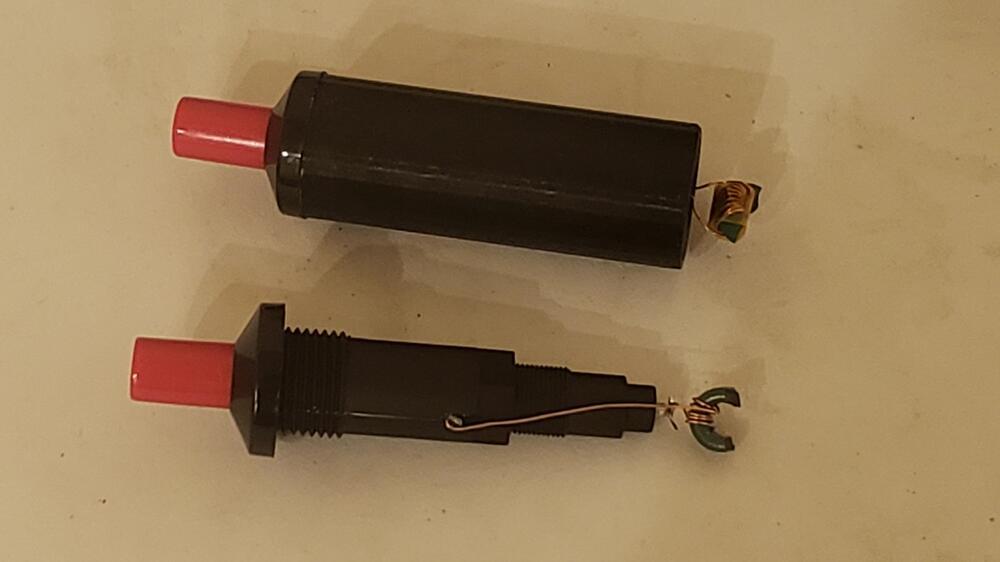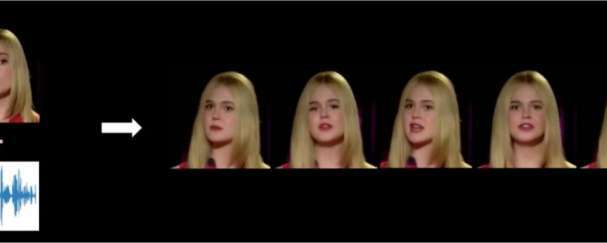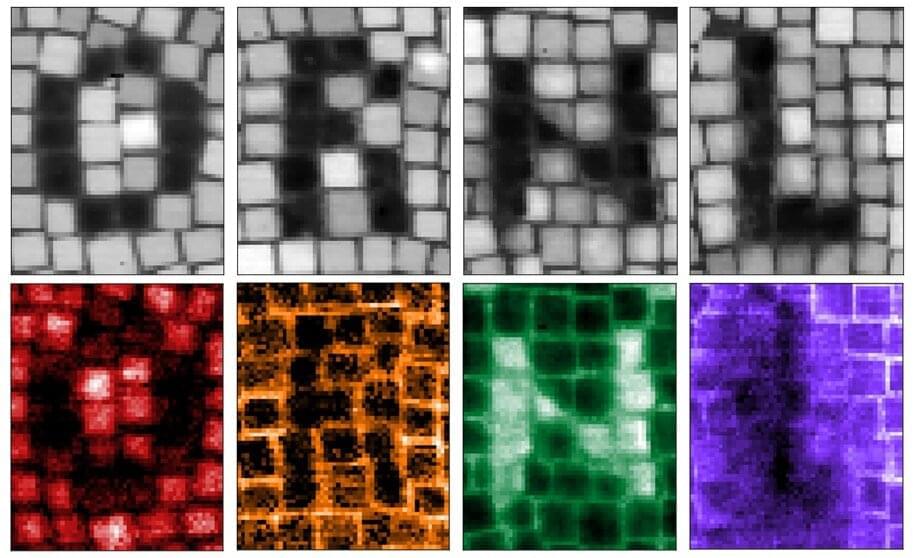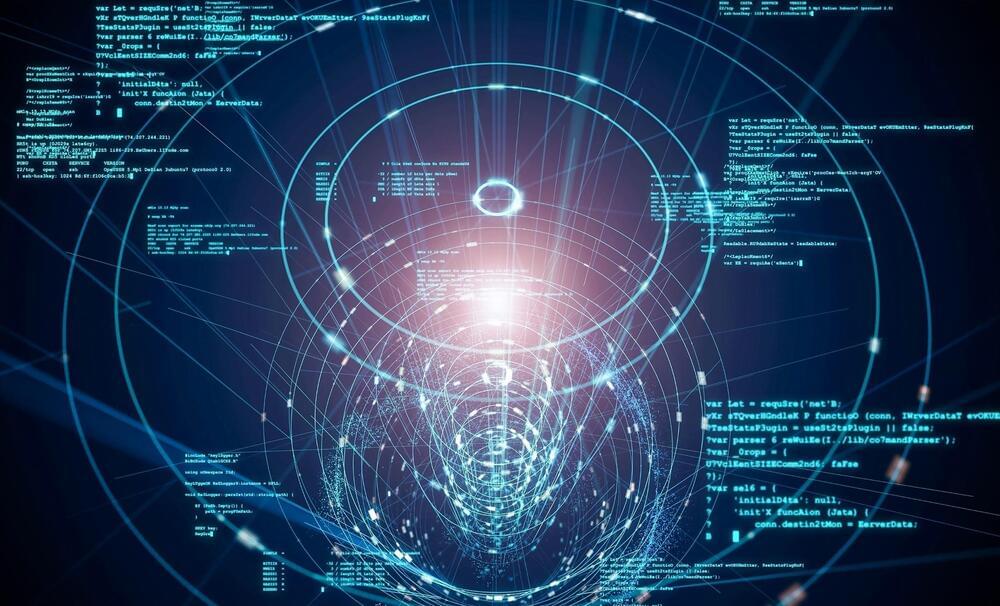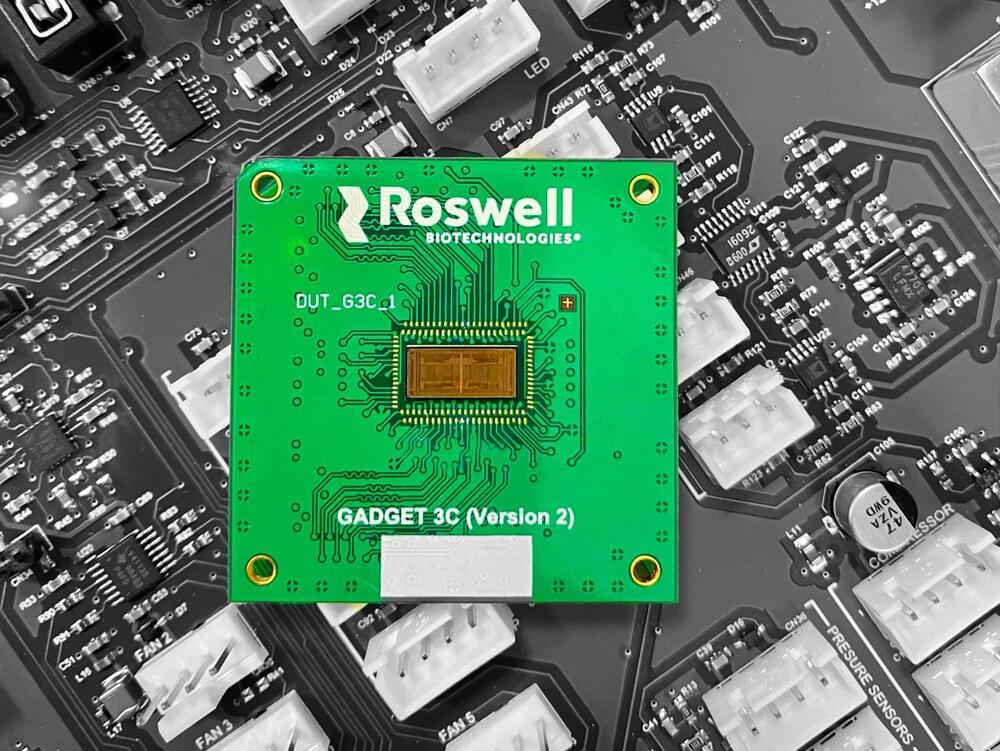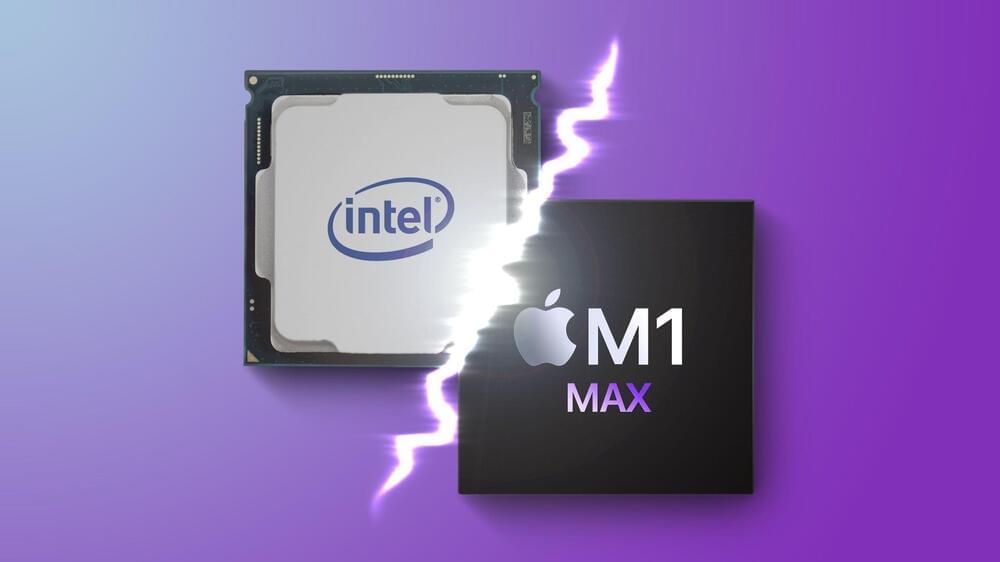Jan 30, 2022
Blast Chips With This BBQ Lighter Fault Injection Tool
Posted by Shubham Ghosh Roy in categories: computing, engineering
Looking to get into fault injection for your reverse engineering projects, but don’t have the cash to lay out for the necessary hardware? Fear not, for the tools to glitch a chip may be as close as the nearest barbecue grill.
If you don’t know what chip glitching is, perhaps a primer is in order. Glitching, more formally known as electromagnetic fault injection (EMFI), or simply fault injection, is a technique that uses a pulse of electromagnetic energy to induce a fault in a running microcontroller or microprocessor. If the pulse occurs at just the right time, it may force the processor to skip an instruction, leaving the system in a potentially exploitable state.
EMFI tools are commercially available — we even recently featured a kit to build your own — but [rqu]’s homebrew version is decidedly simpler and cheaper than just about anything else. It consists of a piezoelectric gas grill igniter, a little bit of enameled magnet wire, and half of a small toroidal ferrite core. The core fragment gets a few turns of wire, which then gets soldered to the terminals on the igniter. Pressing the button generates a high-voltage pulse, which gets turned into an electromagnetic pulse by the coil. There’s a video of the tool in use in the Twitter thread, showing it easily glitching a PIC running a simple loop program.
